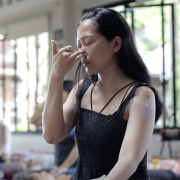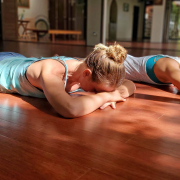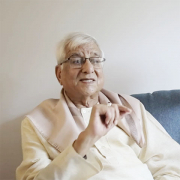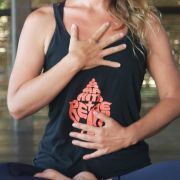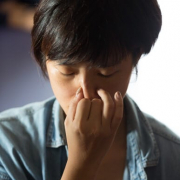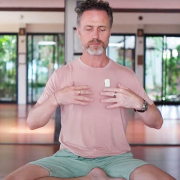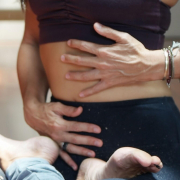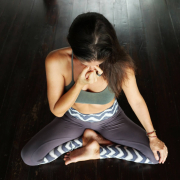 https://samahitaretreat.com/wp-content/uploads/2020/07/Breath-Med-015-scaled.jpg
1707
2560
Dr. Paul Dallaghan
http://samahitaretreat.com/wp-content/uploads/2024/01/samahita-logo-v2.svg
Dr. Paul Dallaghan2020-11-16 04:54:242024-02-15 09:45:44Proper Breathing is Breathing Through Your Nose
https://samahitaretreat.com/wp-content/uploads/2020/07/Breath-Med-015-scaled.jpg
1707
2560
Dr. Paul Dallaghan
http://samahitaretreat.com/wp-content/uploads/2024/01/samahita-logo-v2.svg
Dr. Paul Dallaghan2020-11-16 04:54:242024-02-15 09:45:44Proper Breathing is Breathing Through Your NoseUnderstanding the Female Body
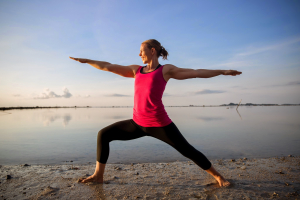
Teachers of Samahita Retreat, a yoga centre located on Laem Sor Beach, Koh Samui, Thailand
A woman experiences two or more (depending on pregnancies) significant hormonal shifts in her life, which can dramatically impact what’s going on for her physically and emotionally when she comes to the mat everyday. If you are teacher, ask yourself… before you adjust someone in an asana, do you take into consideration what tendencies they are predisposed to because of their gender? Or, if the student is a woman, where they are in the female hormonal life cycle? The very fact that a woman’s body is designed to bear children, tells us it has some distinct features adapted for this miracle. As a male or female yoga teacher, recognizing and understanding these distinctions enables us to both educate and assist students thoroughly and sometimes, more safely.
Directed by the brain, the hormonal (endocrine) system takes women through puberty, pregnancy and menopause, contributing to different changes in bodily functions. These changes exhibit themselves in body structure, neural control and co-ordination, along with mental and emotional state. They differentiate men from women anatomically, physiologically and psychologically. This should not be interpreted to mean that men and women cannot accomplish many of the same things, but that the result may be reached in a different way.
I am a firm believer that no two people will look exactly the same in a given asana and that we need to account for individual differences and exceptions to any rule. However, when merely considering biomechanics, there are key anatomical components we look for in every pose. It is in those key components that being female (or male for that matter) can be the difference between finding space, or creating strain, when we align our body in a certain way. Understanding these can help guide us to whether a student, or ourselves, may need to focus on building support (strength) or improving range of motion (mobility) in a movement or posture.
Specifically, consider the changes in female bone, muscle and other supportive tissue that begin during the grand hormonal shift of puberty. With the ultimate purpose of preparing the body for pregnancy, these changes often create tissue laxity, or joint instability which, on a simplified basis, translates into decreased lower body co-ordination and increased hip and upper body flexibility, including the already mobility-oriented shoulder joint. Applying this information to Ashtanga asana practice, we must pay special attention to joint stabilization in women, and keep a close eye on their shoulder positioning during any asana that loads the upper body.
An important focal point for yoga practice, and another, perhaps more obvious example is in the pelvis. We cannot deny that women have a broader pelvis then men. A woman’s ilium bones (hip bones) are more outwardly flared, creating an open, circular inlet, which serves as the birth canal. This contributes a greater angle between the hip and the knee (called a Q-angle) and for some women, means an adjustment in the alignment of their feet or hips in some postures to reduce the risk of repetitive strain injuries in the knees or back. Women also exhibit a more anterior pelvic tilt, where the upper hipbones come forward and down, which puts a greater demand and higher injury risk on the hamstrings during straight-leg forward folding movements.
An introductory article such as this only scratches the surface of the complexity of the female body. We must also consider where a woman is at in her menstrual cycle and hormonal life as a whole. The processes happening underneath the skin, on a physiological, emotional and energetic level, have their own implications for a woman’s yoga practices. A deeper knowledge and understanding in these areas can be extremely helpful in providing insight for us and for our students.
More from the Samahita Blog
